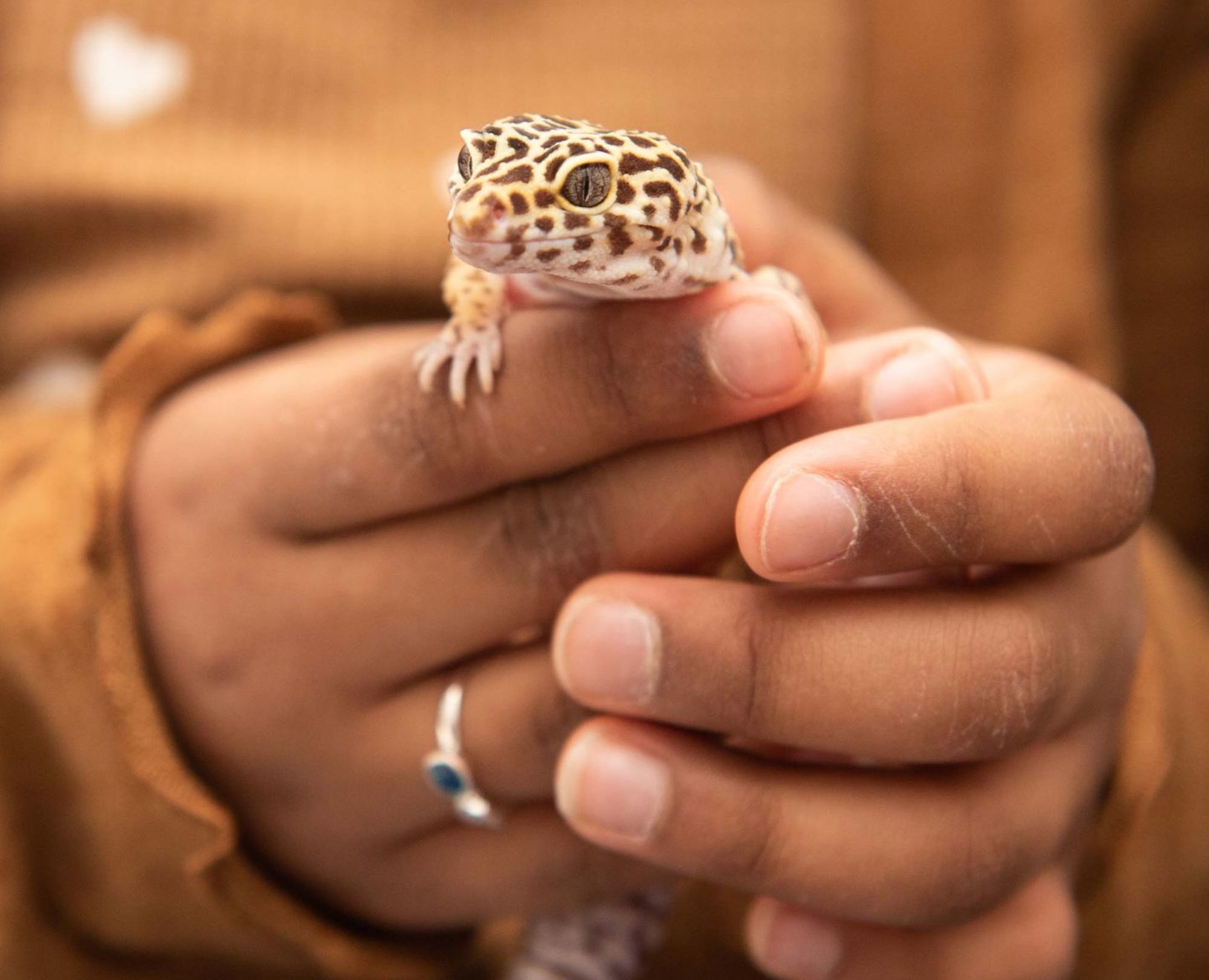
Keep Your Pets Safe This Holiday Season
February is the month of love, and for wildlife lovers, it is the perfect time to sit down with a warm cup of coffee and learn about the love lives of the furry and feathered friends in their backyard. Mating patterns and behaviours look different for every species of wildlife. Factors like how long their babies take to grow, and the amount of time newborns will spend in their nest after birth help determine when and where animals' mothers mate and have their babies. While spring may signal to us that animals are having their babies, the process can start much sooner, as mothers must prepare den sites and find the ideal mate.
Raccoons
Our masked raccoon friends are one of the first wildlife species to deliver their babies each spring. Raccoon litters will arrive between the late weeks of February, into the early weeks of July. Since a raccoon pregnancy lasts around 60 days, raccoon mating season typically happens between January and March. During this time, male raccoons may become more aggressive as they look for a mate. As raccoons search for mates and new den sites to raise their litters, you may spot them walking across your backyard or fence line. Raccoons often select denning locations in tree crevices, or even the attics of our homes to raise their babies and rest after mating season.
Baby raccoons will stay with their mother until autumn, during this time their mother will teach them how to find food, shelter, water, and avoid predators. Once the babies have left the den, their mother will set off to mate and raise another litter as winter arrives again. A female raccoon will have four or five liters in her lifetime, with an average of two to five babies being born at a time. For mother raccoons, mating season signals the beginning of a very busy time - raising all those adorable kits!
Squirrels
Squirrels are extremely busy when it comes to mating season! Much like their fast energy may suggest, squirrels are quick moving creatures, who are able to birth and raise two litters per year. Squirrels are typically pregnant for about 45 days, which means they are able to grow their small babies even faster than their raccoon friends. The first little ones are born during March and April, and the second set usually arrives in mid to late summer.
Unlike raccoons, squirrels typically only stay with their mothers for around two months after they are born. During this very important time, the kits learn the best techniques for gathering and burying nuts, berries, grains and other snacks. In a matter of a few months, juveniles mature into adults and strike off to find their own fortunes. The quick growth rate of squirrels is why mothers are able to have two litters in one year. With anywhere from one to nine babies arriving at a time, a single squirrel can have up to a hundred babies in their lifetime.
Rabbits
The Eastern Cottontail is the most common rabbit in Ontario. Although it is easy to spot these furry fellows, it is much more common during their mating season when adults are actively looking for partners and dens to raise their young. Cottontails mate from late winter to early fall. Mother cottontails will dig shallow ground-level nests, and line the tops with grass and fur to cover the babies when they are born.
Similar to squirrels who breed multiple times a year, a single female cottontail can breed up to three to four times in a single year! With three to eight young in a litter, mother rabbits are constantly busy raising and growing young. Even though babies are born naked and blind, by five weeks of age they are able to leave the nest to explore. This makes it easier for female rabbits to begin the process of starting a new litter. Their mating season stretches over a longer period than other urban animals, allowing cottontails to have multiple litters while the temperatures are still warm.
Birds
The sound of birds chirping marks the arrival of spring. During this time, birds are louder than any other time of year. Not only are they excited to be back outside, but they are also actively communicating with one another to find a mate. Since the gestation period for birds typically only lasts two to three weeks, a mother will begin constructing her nest in the earliest weeks of spring. Depending on the species, young chicks usually take anywhere from ten to twenty days before they are able to fly away from the nest. The most common birds you will spot nesting in your Kitchener backyard are:
__- Robins
- Bluejays
- Blue Jays
- Mourning Doves
- Chickadees__
Each of these small bird species have similar routines and habits, especially in their first few weeks of life. During their second or third week of life, these young birds will be able to fly the nest. As they grow during this time, their mother will constantly be flying food to the nest.
The best thing you can do for wildlife is keep your distance, and give them their space. When wildlife find a safe space to live or birth new litters, they will be easily spooked away by curious eyes. If you spot wildlife settling down in your community to raise babies, give them the space they need to feel safe. If wildlife have made their way inside your home, choosing a humane company like Skedaddle Humane Wildlife Control can ensure the animals and your property remain safe throughout baby season. Coexist peacefully with wildlife this spring by observing their behaviours from a distance, allowing them to grow and thrive in your communities for years to come!


Back to All Blog Posts
Explore more blog posts about animal care, pet safety, and animals within our community.


